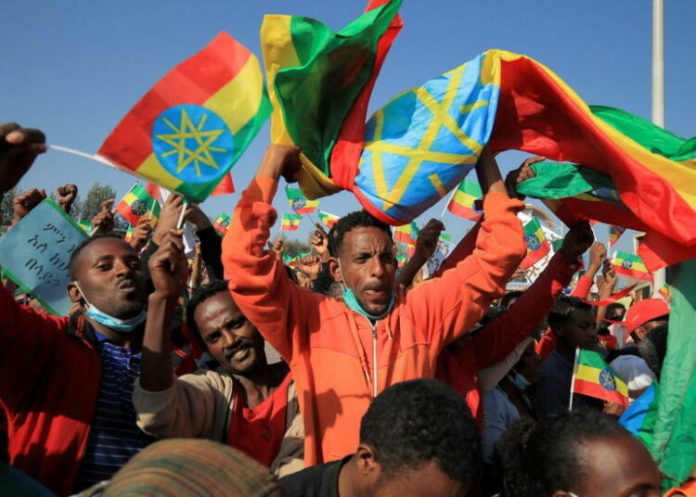On Wednesday, September 11, 2024, Ethiopia celebrated its New Year for the year 2017 with fireworks and a concert featuring Afrobeats star Davido. This celebration, typically reserved for December by most of the world, left many non-Ethiopians puzzled.
Amid rising concerns about fake news, videos of Davido performing in Addis Ababa might have seemed questionable. However, Prime Minister Abiy Ahmed Ali confirmed the event was genuine by tweeting “Happy New Year 2017” from his verified X account, acknowledging the seven-year gap between Ethiopia and the rest of the world.
This time difference stems from Ethiopia’s unique timekeeping system, known as the Ethiopian or Ge’ez calendar, which is based on the ancient Egyptian calendar. It follows a different calculation for the annunciation of the birth of Jesus, making it seven to eight years behind the Gregorian calendar used globally.
The Ethiopian Calendar Explained
Ethiopia’s calendar has 13 months: 12 months of 30 days and a 13th month, Pagumē, which consists of 5 or 6 days, depending on whether it’s a leap year. This calendar, rooted in the ancient Coptic system, reflects the Ethiopian Orthodox Church’s traditions, one of the oldest Christian institutions in the world.
The Ethiopian Embassy, in a statement posted in 2000 (which corresponds to 2007 in the Gregorian calendar), explains that the Ethiopian calendar is “seven to eight years behind the Gregorian calendar, due to differences in calculating the date of Jesus’ birth.” It further notes that Ethiopia celebrated the millennium on September 12, 2007, with the year 2001 starting on September 11, 2008, according to the Gregorian calendar.
Historical Background
Ethiopia’s calendar is closely related to the Coptic and Julian calendars, but is based on older Alexandrian and Egyptian calendars. Like the Julian calendar, it includes a leap day every four years. Ethiopia’s calendar also counts years from the Anno Mundi (AM) era, which places Christ’s birth around 5500 years after the world’s creation. This differs from the Gregorian calendar’s Annus Domini (AD) era, contributing to the time difference.
Ethiopia celebrates its New Year on September 11 (or September 12 in a leap year), in contrast to the January 1 New Year’s Day observed globally. This date is tied to Ethiopia’s use of the Julian calendar to determine Easter, further distinguishing its practices from the Gregorian system.
Cultural Importance
The Ethiopian calendar is a significant part of Ethiopian culture and identity, shaping religious practices, agricultural seasons, and national celebrations. For instance, Enkutatash, the Ethiopian New Year, marks the end of the rainy season and the start of the harvest. It’s celebrated with vibrant ceremonies across the country.
Religious observances also follow the Ethiopian calendar, with unique feast days and fasting periods that differ from those observed in the Gregorian system. This calendar has been preserved for centuries, reinforcing Ethiopia’s distinct historical and cultural heritage.
Time Zone, Business Hours, and Holidays
According to the U.S. International Trade Administration, Ethiopia operates in the GMT +3 hours’ time zone. The country uses a day structure starting at 6 a.m. (dawn) instead of midnight, leading to a six-hour difference when scheduling meetings with international partners.
Converting Ethiopian Calendar Dates to Gregorian Calendar Dates
Here is a brief comparison between Ethiopian and Gregorian calendar months:
Meskerem (New Year): 11 September – 10 October
Tikimt: 11 October – 9 November
Hidar: 10 November – 9 December
Tahsas: 10 December – 8 January
Tir: 9 January – 7 February
Yakatit: 8 February – 9 March
Maggabit: 10 March – 8 April
Miyazya: 9 April – 8 May
Ginbot: 9 May – 7 June
Sene: 8 June – 7 July
Hamle: 8 July – 6 August
Nehasa: 7 August – 6 September
Pagume: 6 – 10 September
This unique calendar system reflects Ethiopia’s rich historical and religious traditions, distinguishing it from the rest of the world.



